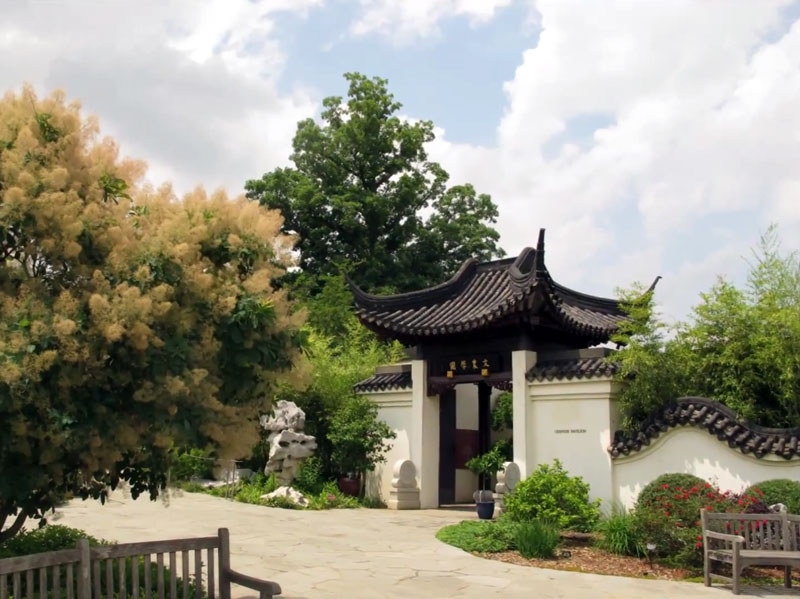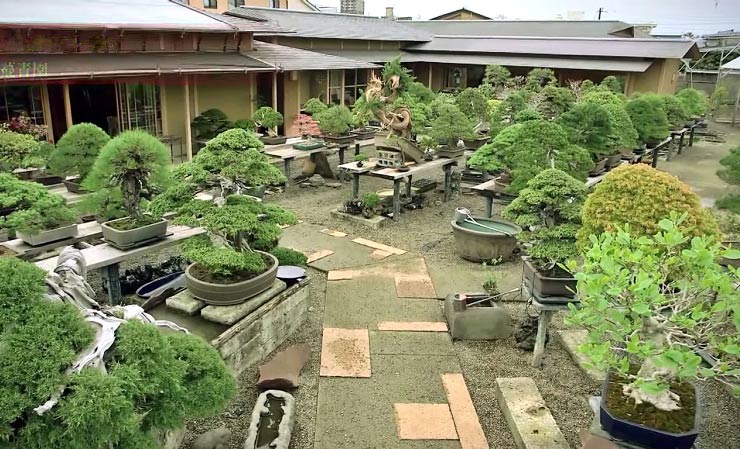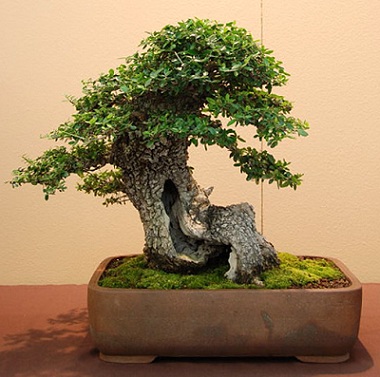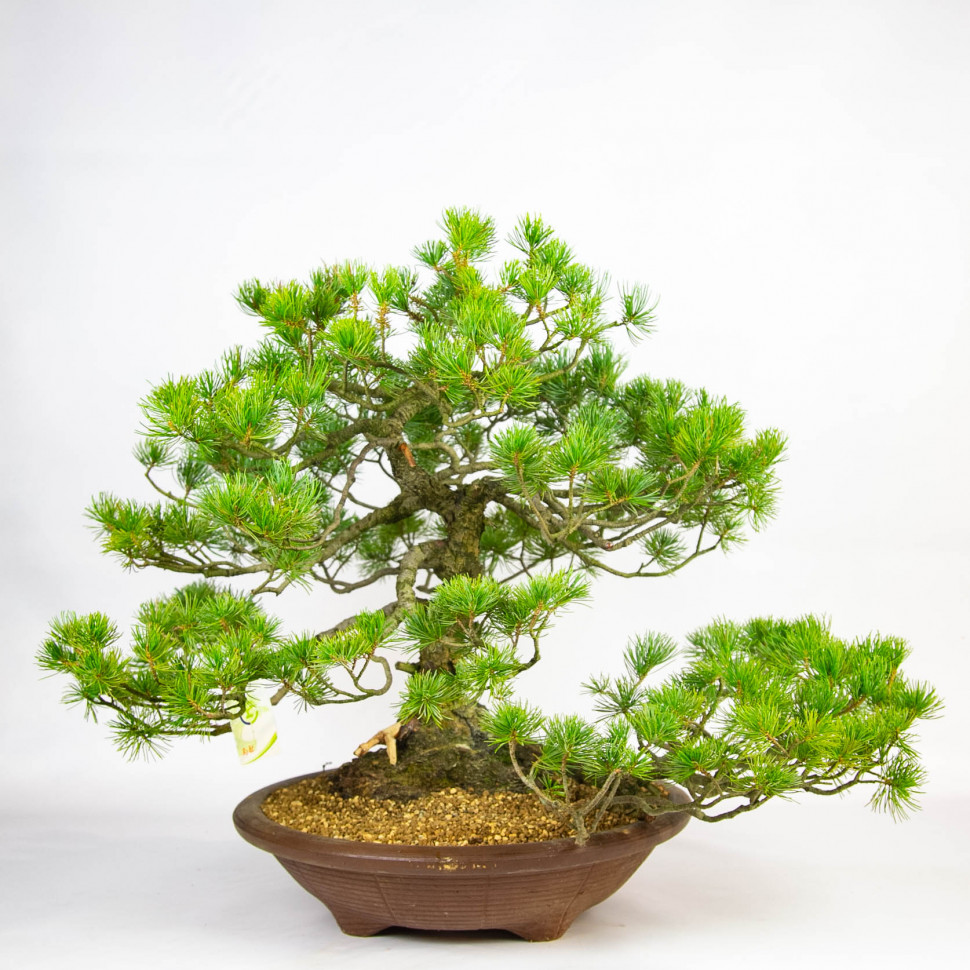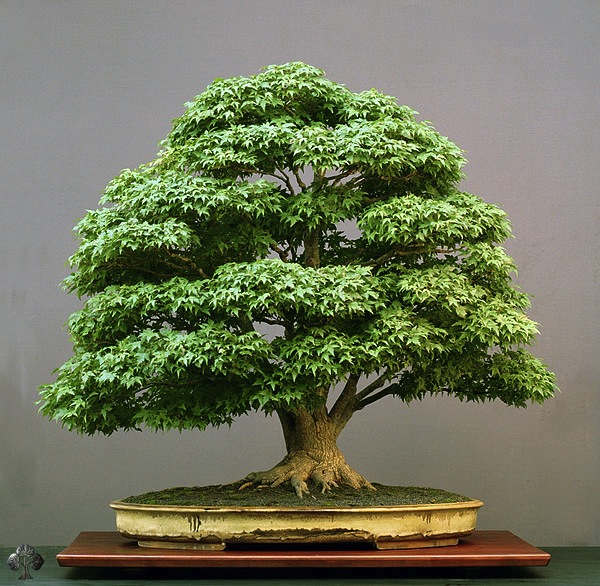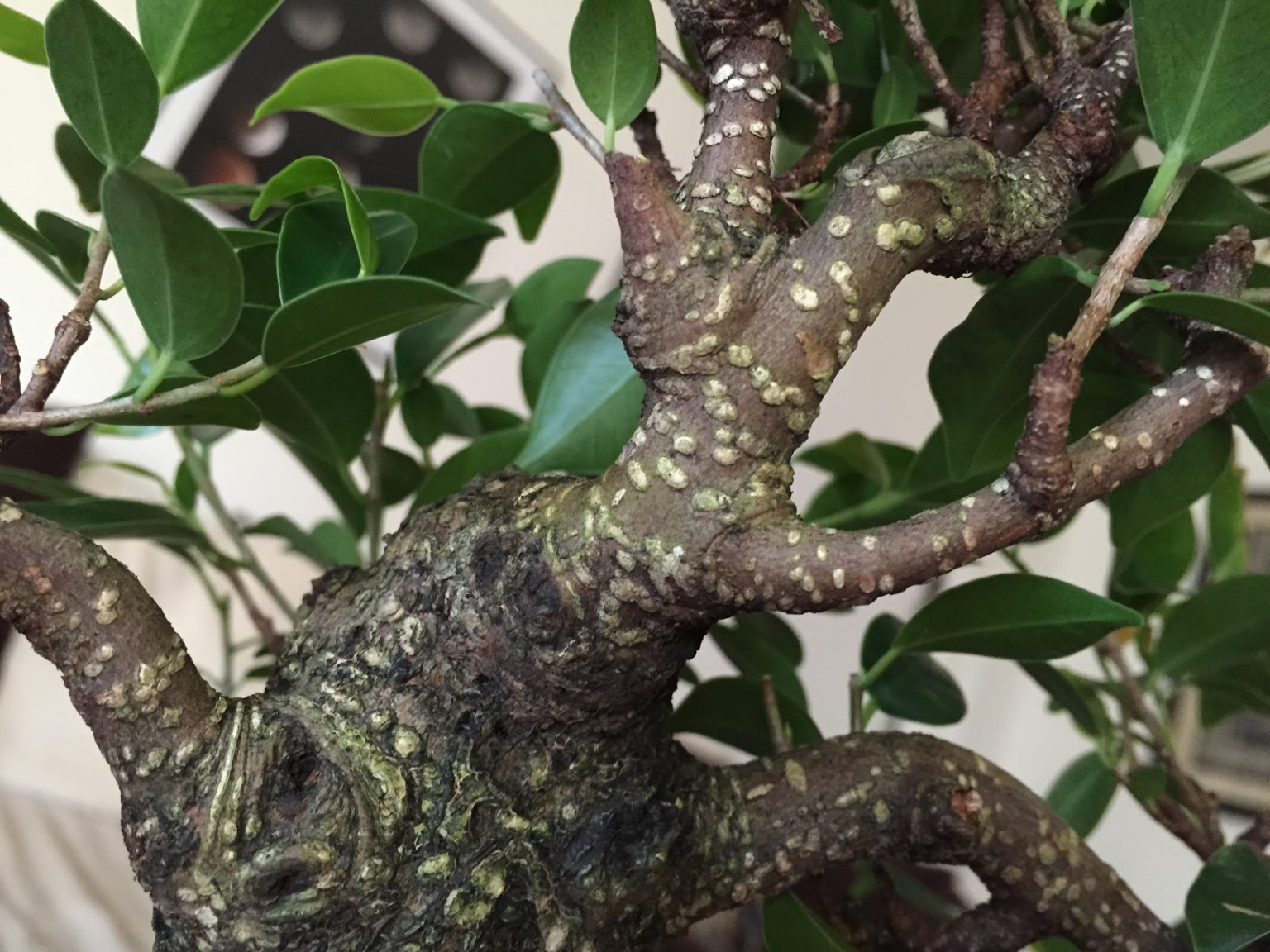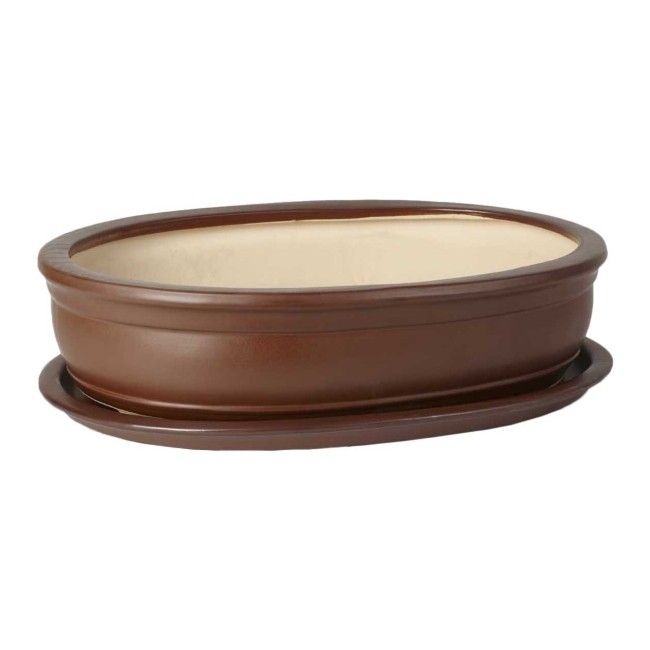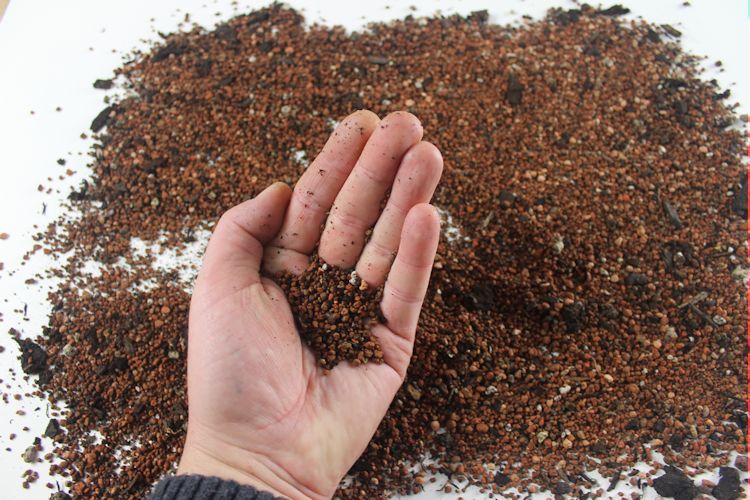Below is a table for fertilizing bonsai. Keep in mind that this is a generalized chart and does not take into account local climate conditions. In different countries, seasons have different lengths. It is also worth considering that this is a detailed nitrogen fertilizing plan. fertilizers, which are added for growth, and not to improve the decorative appearance of plants.
| Period | Very young trees | The process of tree formation | Formed trees |
| Winter rest | Without feeding | Without feeding | Without feeding |
| Early spring Feed when leaves open | Start with a half strength high nitrogen fertilizer and feed once a week. | To avoid stimulating excessive growth, use a nitrogen-free fertilizer or vegetable fertilizer. Apply 1/2 strength every two weeks. | Feed with a fertilizer that does not contain nitrogen. |
| Late spring The leaves have already opened and candles have appeared on the pine trees. | At first, apply half the fertilizer rate once a week. Gradually increase it, and by the end of the period, switch to the full rate. | Feed every two weeks with a high nitrogen fertilizer. | Apply half a dose of high-nitrogen fertilizer. Feed infrequently. |
| Beginning of summer The leaves have already strengthened, so continue feeding. Protect the plant from pests. | Increase the dose of high-nitrogen fertilizer each week. Towards the end of the period, switch to a balanced fertilizer. | Apply a half-strength balanced fertilizer every three weeks. You can use a slow-release solid fertilizer, such as sticks or tablets. Maples, elms, and zelkovas are less demanding when it comes to feeding; pinch them to form attractive branches. | Apply a high-nitrogen fertilizer and a special strengthening agent once. Do not overfeed the formed plant, so that its stems do not stretch. |
| Midsummer Your bonsai are entering a semi-dormant state. Stop feeding for 2-4 weeks. | Stop feeding. | Stop feeding. | Stop feeding. |
| End of summer After the summer heat, the plant partially sheds its leaves. | Apply a full dose of low-nitrogen fertilizer weekly, as well as foliar food. | Apply a full dose of low-nitrogen fertilizer every three weeks. | During this period, feed the plant twice with a low-nitrogen fertilizer and once with foliar fertilizer. |
| Autumn Deciduous trees shed their leaves and go into a dormant state. | Stop fertilizing when the autumn leaves begin to fall. This does not apply only to evergreens. | Continue to feed only evergreens. | In late fall, feed evergreens once. |
Nitrogen fertilizers, unlike other fertilizers, are most susceptible to the effects of soil microorganisms. In the first week after application, up to 70% of the fertilizer mass is consumed by bacteria and fungi (immobilized), and only after their death can the nitrogen contained in them be used by plants.


